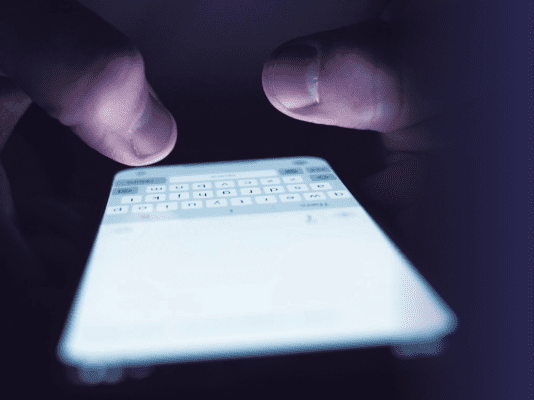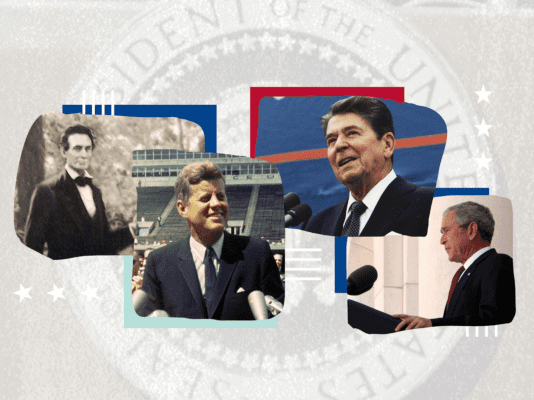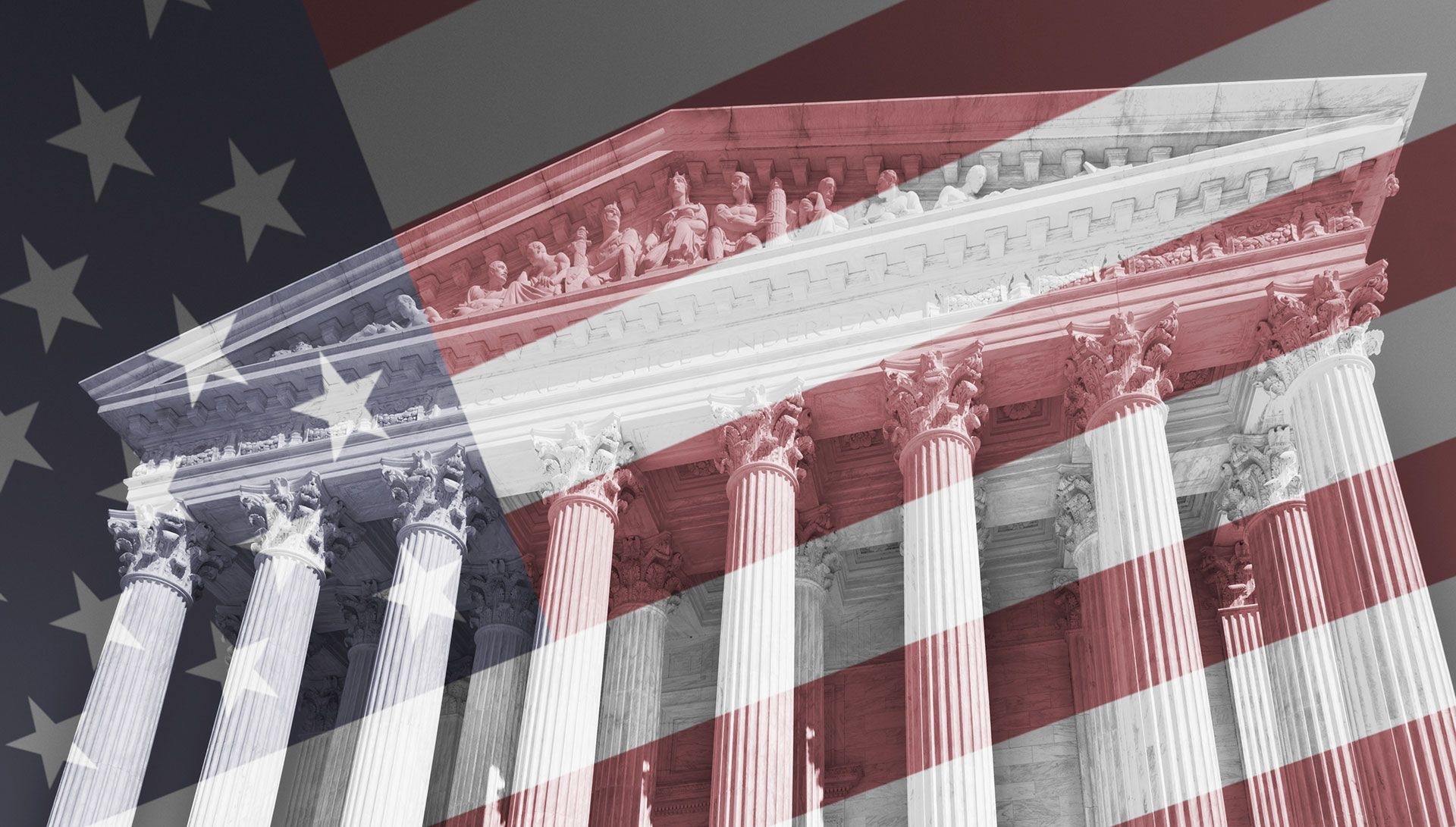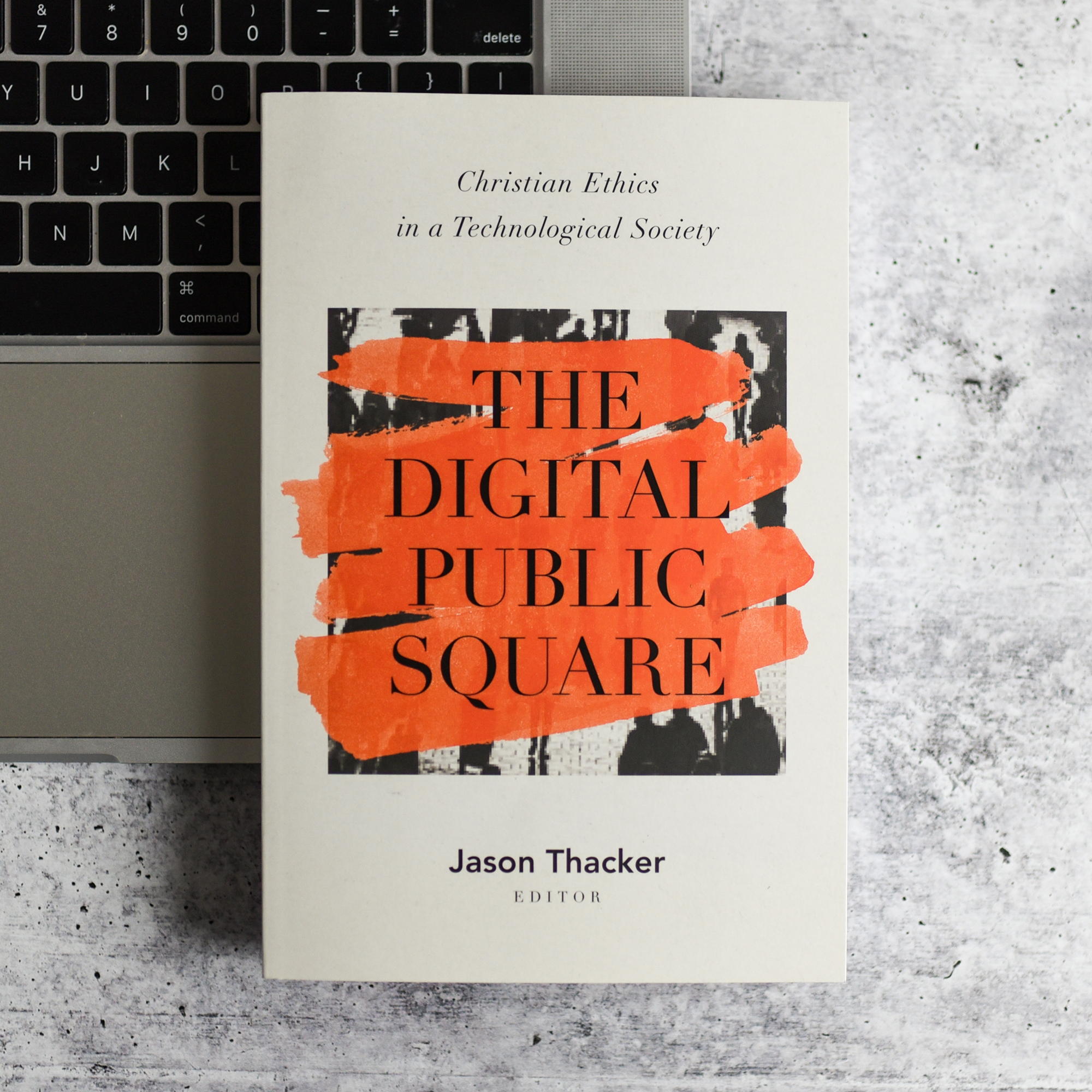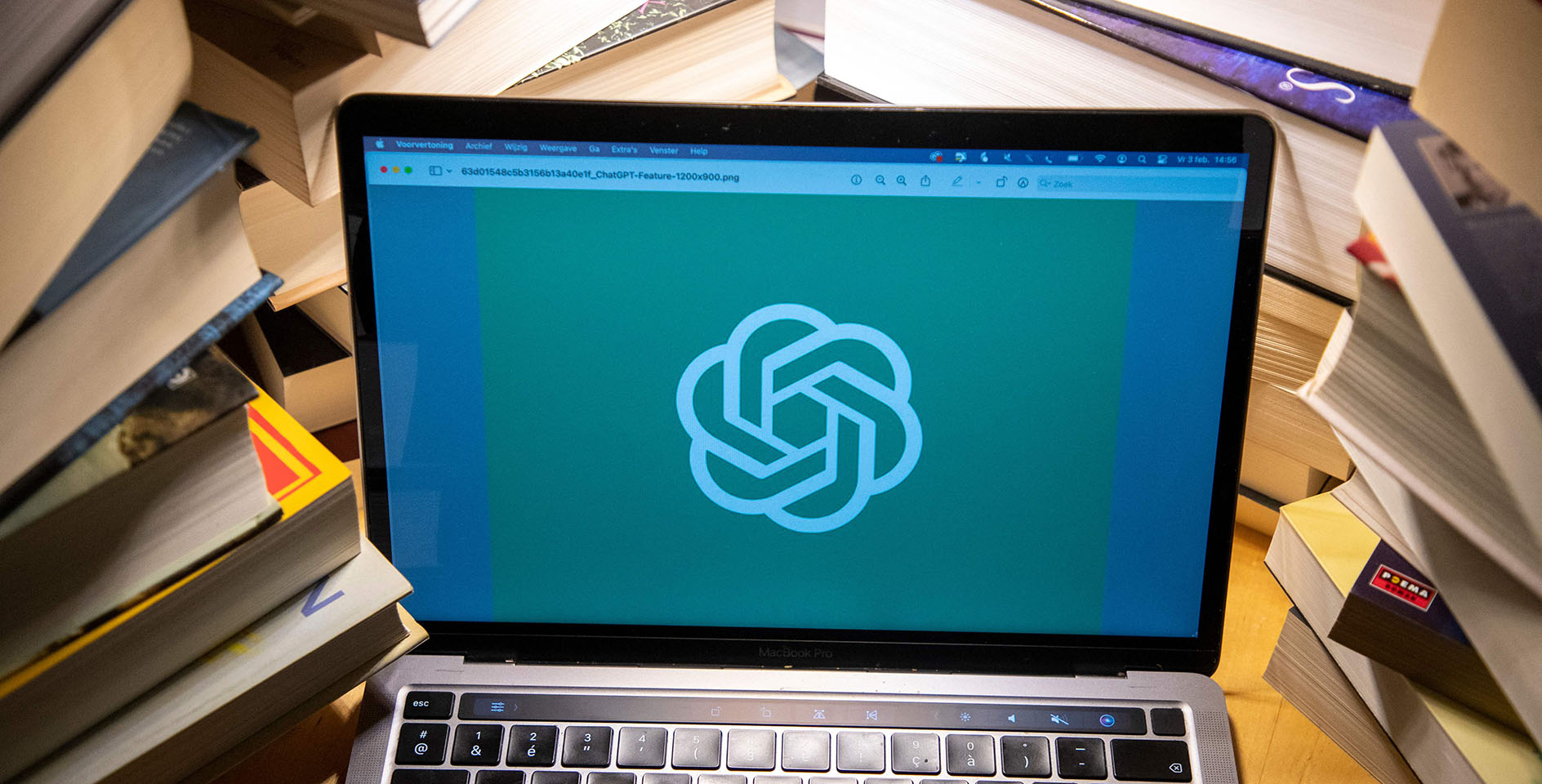On Friday evening, Twitter officially suspended the 45th President of the United States, Donald Trump, from its platform for violating its stated community policies related to inciting violence and spreading false information. This suspension comes after the heinous attack on the United States Capitol on Wednesday, inspired by the president and his key supporters, following a rally on the National Mall. The protest, which culminated in both violence and rioting, was organized in response to the congressional certification of the results of the 2020 presidential election also taking place on Wednesday.
According to the Associated Press, “Twitter has long given Trump and other world leaders broad exemptions from its rules against personal attacks, hate speech and other behaviors.” But since the election in November 2020, many of the president’s tweets were labeled for promoting conspiracy theories alleging election fraud and the stealing of votes as well as encouraging violence. Twitter utilized these warning and fact check labels to inform the public of the potential misinformation, while the content remained available online due to the compelling public interest of having direct access to communication from the president of the United States.
But as the Capitol Police and National Guard were clearing the building after the insurrection was quelled, Twitter disabled the president’s account temporarily and deleted certain tweets deemed as encouraging further violence. The temporary suspension also came with a warning that continued violation of Twitter’s policies may lead to a permanent ban from the platform. The account was reenabled on Thursday, Jan. 7. But due to continued policy violations by the president, his account @RealDonaldTrump was permanently suspended on Friday night.
Community policies and compelling interest
Many prominent technology critics including a number of lawmakers, press, and public figures have called for social media platforms to take a firmer stance with the president concerning his violations of their stated content policies for users. But until recently, Twitter and other social media platforms, such as Facebook, allowed the president to continue posting due to the compelling public interest surrounding his speech given the gravity and responsibilities of the Oval Office. Yet after continued violations of these policies, which this week stoked violence and an attempted coup, Twitter took the unprecedented step of permanently suspending the president’s personal account. It should be noted that this official suspension only applies to @RealDonaldTrump, and not to official White House accounts such as @POTUS, @WhiteHouse, and other U.S. government accounts. However, because Twitter does not allow users with banned accounts to operate alternate accounts, some tweets have already been removed from @POTUS after the president chose to post to that account following his suspension.
Many have questioned the wisdom and timing of this suspension, as well as the potential fallout of such a monumental decision to suspend the sitting president of the United States. Much of the concern lies in the fact that these social media platforms have become ubiquitous in our society. In our digital age, social media sites now represent a primary vehicle of communication. Twitter serves as a news platform for many users and is a significant conduit of real-time information, including news and reporting about the very events that led to this moment.
Each social media platform has its own set of community standards, policies, or rules to govern user activity. Twitter for example allows pornography on its platform, while Facebook and Instagram ban nudity. Other platforms, such as Parler, market themselves as free speech alternatives and have very loose or even nonexistent content moderation policies. The implementation of community policies and content moderation is actually encouraged by Section 230 of the 1996 Communication Decency Act, which was a bipartisan piece of legislation designed to promote the growth of the fledgling internet in the mid-1990s. Section 230 gives internet companies a liability shield for online user content—meaning users and not the platforms themselves are responsible for the content of posts—-in exchange for enacting “good faith” measures to remove objectionable content in order to make the internet a safer place for our society.
Free speech and content moderation
The First Amendment guarantees the freedom of speech for all people. But it only protects citizens from interference by the government. The First Amendment’s free speech protection does not apply to the actions of a third party such as a private social media company governing certain speech. A helpful way to think about these issues is to compare them to the many religious liberty cases litigated in recent years, including Baronelle Stutzman (a florist) and Jack Phillips (a baker) who were taken to court based upon their refusal to render speech or use their creative gifts in ways that violated their consciences. These cases involved the government taking action to override the civil liberties of these individuals, compelling them to violate their deeply held religious beliefs or face civil penalties.
In these cases, the ERLC argued that the government did not have a compelling interest to violate their First Amendment freedoms by forcing them to participate in same-sex wedding ceremonies. The key to these cases is the idea of a compelling interest, which also ties into the issues of content moderation with social media.
Content moderation online is an admittedly difficult and thorny ethical issue. And this is because of the ways that social media has become such a massive and integral part of our society, not to mention the hyper politicization of such issues. An internet or social media platform without any type of moderation or rules would quickly devolve into a dangerous environment filled with misinformation, and interminable unfiltered or illegal content. Even with such rules, it is undeniable that social media has been utilized in ways leading to real world harm.
In the case of this particular suspension, a line was crossed when the president knowingly endangered members of the public as well as law enforcement and elected officials by inciting physical violence and destruction. In response, Twitter determined that the potential threat of further violence and physical harm overrides the compelling public interest by which they previously justified allowing the president’s account to remain active and his posted content to remain online even in violation of its policies. And though this was a significant action—the president’s speech is of great importance—it was not a violation of the Constitution’s guarantee of free speech.
Slippery slope?
As news of this monumental suspension broke, many rightfully questioned how this type of action by a social media giant could or would be used against views that are outside of the mainstream such as those by conservative Christians. This is an understandable concern based on the unequal and often controversial application of content moderation by the platforms. Undoubtedly, action of this kind opens the door for further censorship. But even so, Twitter’s actions must be seen in light of the full picture. Throughout his term, the company had extended significant latitude to the president despite the regular posting of false, misleading, and potentially threatening and dangerous information. But after the grievous display of brutality and loss of life at the United States Capitol—where five people died including one Capitol Hill police officer—public interest gave way to grave public safety concerns.
Still, among the most alarming elements of this suspension is not the suspension itself, but the inconsistency of Twitter’s policy enforcement across the board. While the company is well within its rights to enforce suspensions due to policy violations, Twitter has also allowed posts from accounts representing authoritarian leaders around the world, such as from Chinese and Iranian governments, that clearly violate the same policies used to ban the president’s account. These oppressive and authoritarian regimes promoted by these accounts incite and perpetrate devastating violence and human rights abuses beyond anything we’ve witnessed firsthand in the United States.
In China, over one million Uighur Muslims have been detained, persecuted, and even sterilized in “reeducation camps.” But social media platforms like Twitter often turned a blind eye to these atrocities. Deceptive tweets from Chinese officials often do not even carry a label of danger, or even misinformation, yet nearly every tweet by President Trump has been marked by such since the election in November. (It is worth noting that Twitter did act to remove certain content from foreign leaders following the announcement about its permanent ban of the President.)
However reasonable or necessary Twitter’s decision in this particular instance might be, its inconsistency in content moderation is harmful to our social fabric, which is sustained by ideals like trust and equality. It is impossible to gain public trust by overlooking such egregious violations, even if the company has the right to enforce its rules as it sees fit.
Moral courage and responsibility require the equal application and enforcement of stated policies. Taking difficult but necessary action is only meaningful if such actions are carried out consistently. If administrators at Twitter felt compelled to curtail the President’s speech in the name of public safety, it is only right that they follow suit by banning the accounts of other known offenders, including officials within the Chinese Communist Party—the single greatest human rights abusers on the planet.
Christians are wise to be vigilant about matters related to censorship. But it is important to recognize that the difference between censoring speech that is disagreeable and limiting speech that threatens or elicits physical harm. Going forward, careful attention should be paid to the actions of social media platforms like Twitter and Facebook regarding content moderation and censorship, but in itself, Twitter’s decision to ban the President’s account should not be seen as an existential threat to free speech in our democracy.







